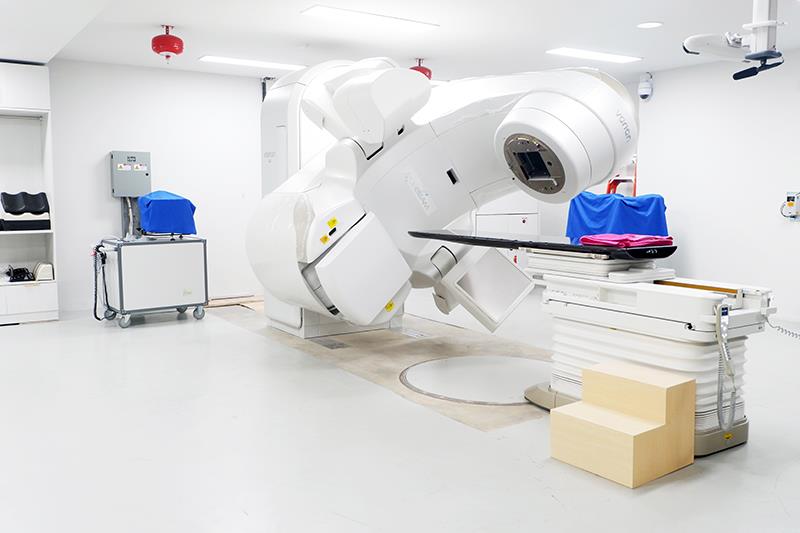Sequential chemoradiotherapy on par with IC+CCRT for locoregionally advanced NPC





Among patients with locoregionally advanced nasopharyngeal carcinoma (LA-NPC), treatment with a sequential chemoradiotherapy (SCRT) regimen is noninferior to the induction chemotherapy (IC) plus concurrent chemoradiotherapy (CCRT) protocol in terms of 3-year failure-free survival (FFS), results of a phase III trial have shown.
In addition, the SCRT results in fewer severe nonhaematological adverse events during intensity-modulated radiation therapy (IMRT).
“IC followed by CCRT has become the standard approach for managing LA-NPC due to its effectiveness in controlling the disease,” said lead study author Dr Chaosu Hu from Fudan University Shanghai Cancer Center, Shanghai, China, who also presented the findings at the recent ESMO Congress 2024.
“IMRT improves local control and chemotherapy administered either before or after radiotherapy reduces the risk of distant failure,” he added.
Hu and his team performed an open-label, phase III, noninferiority clinical trial at six centres in China from January 2018 to September 2021 involving patients aged 18‒65 years diagnosed with stage T1-4N2-3 or T3-4N0-1 M0 NPC to determine whether SCRT could serve as an alternative to IC+CCRT.
Eligible participants (n=240) were randomized to receive either two cycles of IC with GP regimen (gemcitabine 1,000mg/m2 d1,8 + cisplatin 25 mg/m2 d1–3, q21d), followed by IMRT and two cycles of adjuvant chemotherapy with the same regimen (SCRT group: n=210), or two cycles of IC with GP regimen, followed by IMRT plus concomitant weekly cisplatin (30 mg/m2; IC+CRRT group: n=210).
FFS rate at 3 years, with a noninferiority margin of 10 percent (hazard ratio [HR] <1.6), was the primary endpoint of the study.
Survival
The 3-year FFS after a median follow-up of 47.0 months was 84.0 percent in the SCRT group compared with 79.8 percent in the IC+CRRT group (log-rank p=0.344), with an HR of 0.804 (95 percent confidence interval [CI], 0.510‒1.266) and an absolute difference of 4.2 percent (95 percent CI, ‒3.2 to 11.6). [ESMO 2024, abstract 847O]
Additionally, there were no significant differences between SCRT and IC+CRRT in 3-year overall survival (97.6 percent vs 94.7 percent; HR, 0.55, 95 percent CI, 0.23‒1.30; p=0.174), locoregional control (91.6 percent vs 87.8 percent; HR, 0.68, 95 percent CI, 0.38‒1.23; p=0.203), and distant metastasis-free survival (HR, 93.3 percent vs 91.6 percent; HR, 0.80, 95 percent CI, 0.39‒1.62; p=0.533).
In terms of safety, the SCRT group had fewer grade ≥3 acute nonhaematological adverse events due to the omission of concurrent chemotherapy relative to the IC+CRRT group. These events were as follows: acute mucositis (29.0 percent vs 41.9 percent; p<0.001), nausea (9.5 percent vs 18.1 percent; p=0.011), and vomiting (3.8 percent vs 9.5 percent; p=0.019).
However, the incidence of haematological adverse events was greater with SCRT than IC+CRRT, which included leukopenia (38.6 percent vs 16.2 percent; p<0.001) and thrombocytopenia (29.5 percent vs 13.4 percent; p<0.001).
“SCRT may be considered a viable alternative treatment option for LA-NPC patients to complete IMRT more smoothly, offering the advantage of reduced severity of nonhematological adverse events during therapy,” Hu said.